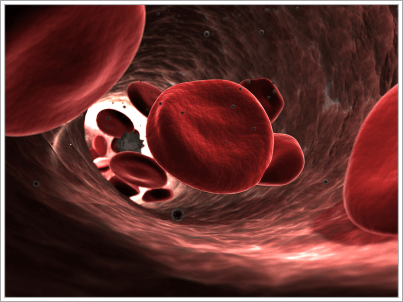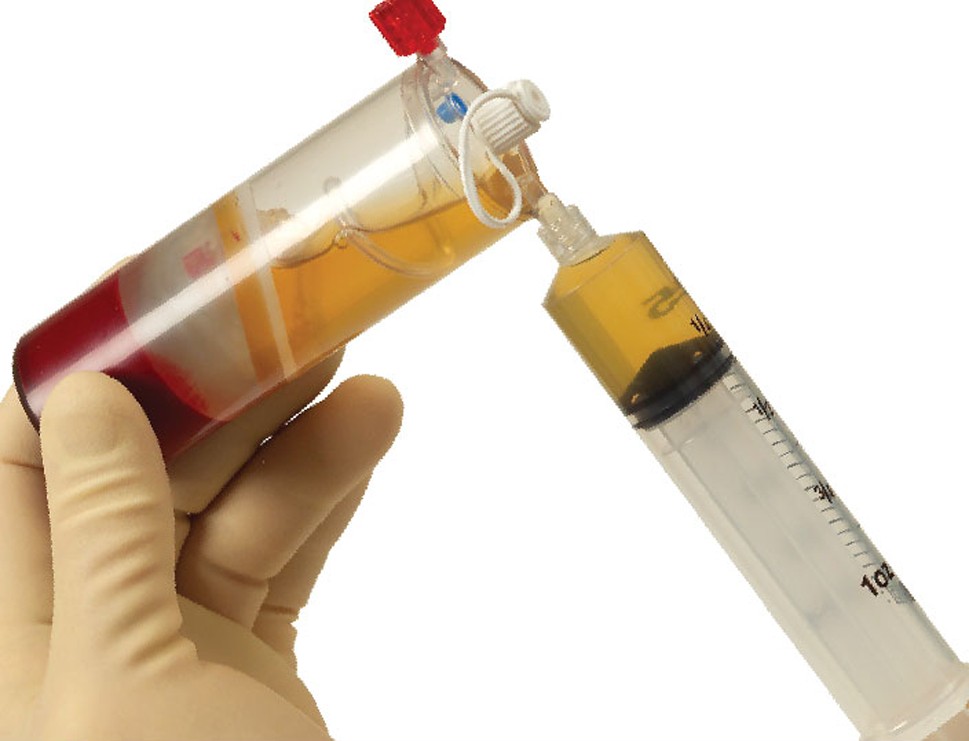HEALING AFTER OPERATION + PRP
PRP, created with the initials of the words Platelet Rich Plasma, is a treatment whereby the blood cells are injected under the hair skin. As a remedy to skin problems and especially hair treatments, the restorative materials which PRP contents provide regeneration of cells.

Aging over time, improper diet, smoking and alcohol use and negative environmental conditions leads to cell renewal problems and slows down the metabolism. All these factors cause volume reduction, staining or cracking of the skin and especially to thinning and spilling hair. The repairing PRP method reaches the tissues which can’t be fed through circulatory system as a result of the slowed down metabolism and intends to treat the problem area.
Popular methods of these days, like PRP, provides us to be more successful in hair transplantation. We use PRP especially to reduce the lost in grafts which die in the time between gaining and transplanting, to increase the retention rate of the grafts and to accelerate the improvement after hair transplantation.
How does PRP increases the success of hair transplantation?
Hair transplantation by FUE method, the grafts are taken out from their roots and suspended in a solution before transplantation. Because the doctor is  working on the transplantation area and the elongation of the waiting time causes the lost of grafts by 5% to 15% before transplantation. Even if they are transplanted, study shows that after the first week the grafts would die because they could not reach the capillaries. PRP provides a solution to these problems. The grafts can remain alive for a long time after undergoing a PRP treatment.
working on the transplantation area and the elongation of the waiting time causes the lost of grafts by 5% to 15% before transplantation. Even if they are transplanted, study shows that after the first week the grafts would die because they could not reach the capillaries. PRP provides a solution to these problems. The grafts can remain alive for a long time after undergoing a PRP treatment.
The nourishing substances, which are excreted by the injected cells with PRP after hair transplantation, starts feeding the hair roots and make them grow immediately after applying. PRP eliminates the problem of feeding the transplanted hairs also provides the formation of new blood vessels around the hair follicles due to the hormone it contents, VEGF. PRP makes it easy for the grafts held in solution to remain alive as well as for the transplanted grafts to hold.